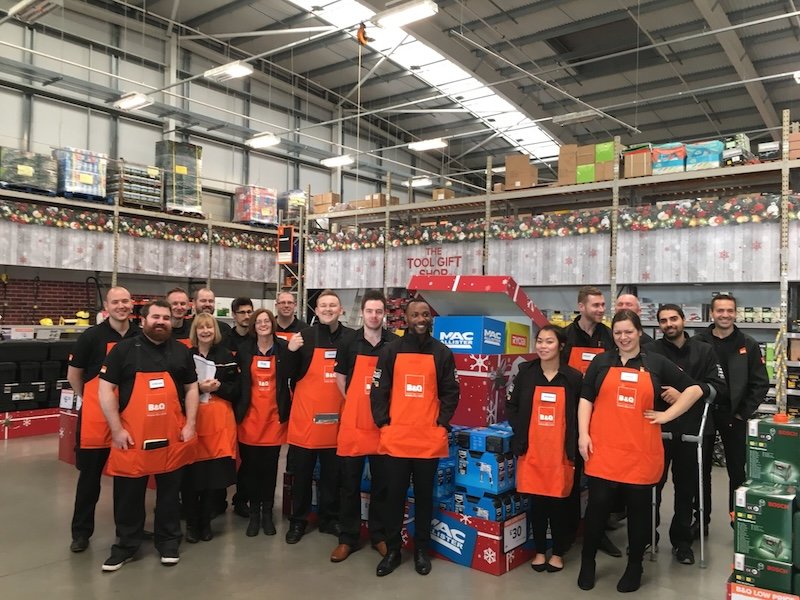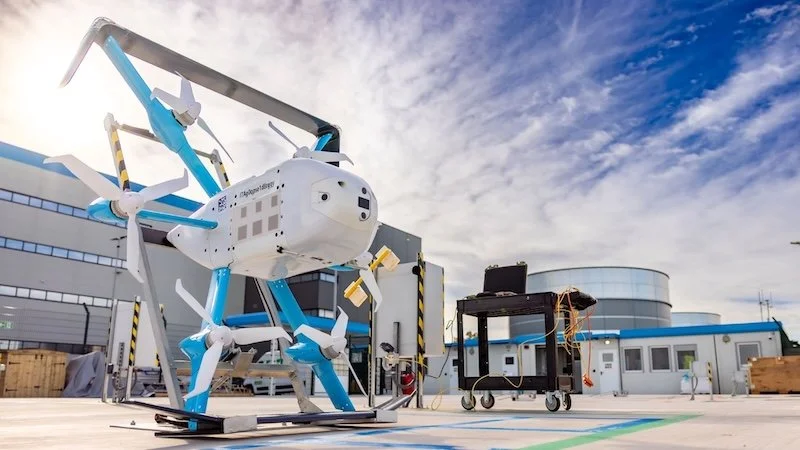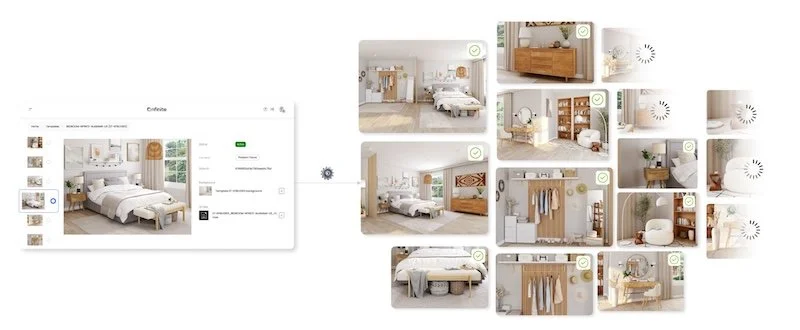Augmented reality in retail: bridging the gap between online and offline shopping
Augmented reality (AR) is transforming the way we shop, combining the best of online convenience with the tangible feel of in-store experiences.
With advancements in technology, retail businesses are finding innovative ways to enhance customer interaction and engagement. In this article, we'll explore how AR is bridging the gap between online and offline shopping, making the retail journey more immersive, personalised, and engaging than ever before.
What is augmented reality (AR) in retail?
Augmented Reality (AR) refers to the integration of digital elements, such as images, sounds, and interactive features, into a real-world environment. Unlike virtual reality, which creates a completely immersive digital space, AR overlays computer-generated information onto the physical world, enhancing what we see and experience.
While AR has a significant presence in retail, its potential stretches far beyond this industry, extending into fields like education and academic support. AR technology has the power to transform learning experiences by creating interactive environments where students can engage with educational content in a more hands-on and immersive way. Imagine students using AR to visualise complex scientific concepts or historical events, making abstract ideas more tangible and easier to understand.
However, not all academic challenges can be solved with technology alone. When faced with demanding college assignments or tight deadlines, students often seek additional support. This is where the service https://samedaypapers.com/ comes into play, providing them with professional assistance for essay writing and other academic tasks. By offering tailored help, these services empower students to tackle their coursework with greater confidence and clarity.
Just as AR bridges the gap between theoretical knowledge and practical application, educational support services guide students through the complexities of their studies, helping them succeed in their academic journey.
This ability of AR to merge digital convenience with real-world applicability is precisely why it's making such waves in the retail sector. But how exactly does AR enhance the customer experience when it comes to shopping?
How AR enhances the customer experience
Virtual try-ons and product visualisation
One of the biggest challenges for online shoppers is the inability to physically try or visualize products.
AR technology addresses this issue by allowing customers to virtually try on clothing, accessories, or even makeup. Brands like Sephora and Ikea use AR to help customers see how products will look in real life—whether it's a new shade of lipstick or a piece of furniture in their living room.
These virtual try-ons are more than just fun; they significantly reduce the uncertainty associated with online shopping. By giving customers a realistic view of how items will look or fit, AR minimizes the risk of returns, enhances satisfaction, and boosts customer confidence in their purchase decisions.
Interactive in-store displays
AR isn't just revolutionising online shopping; it’s also transforming the in-store experience. Retailers are using AR-powered displays to provide interactive content that engages customers in new and exciting ways. Imagine walking into a store and being able to scan a product with your smartphone to instantly receive detailed information, reviews, or even styling tips.
This interactivity not only makes the shopping process more informative but also adds a layer of personalization that can make customers feel more connected to the brand. By blending the physical and digital, AR creates a seamless experience that feels both intuitive and innovative.
Examples of AR implementations in retail
Several leading brands have already embraced AR to create more engaging shopping experiences:
● Ikea Place: Ikea's AR app allows customers to visualise how furniture will fit in their home by placing virtual items in their physical space. This helps buyers make better choices without stepping into a store.
● Sephora Virtual Artist: Sephora's app uses AR technology to let users try on different makeup products virtually. This tool helps customers experiment with new looks and find the perfect shades for their skin tone.
● Nike Fit: Nike’s AR feature helps customers find the right shoe size by scanning their feet. This ensures a better fit and reduces the likelihood of returns due to sizing issues.
These examples show how AR isn't just a novelty; it’s a powerful tool that enhances customer engagement, reduces friction in the buying process, and ultimately drives sales.
Challenges of using AR in retail
While AR offers numerous benefits, it's not without its challenges.
One of the main hurdles is the cost of developing and maintaining AR technology. Small to medium-sized retailers may struggle with the high investment required to implement these solutions effectively. Additionally, creating a seamless and bug-free AR experience demands a high level of technical expertise.
User adoption is another challenge. While many tech-savvy consumers are quick to embrace AR, some customers may be hesitant to use these features due to unfamiliarity with the technology or concerns about data privacy. Retailers need to ensure that their AR solutions are user-friendly and secure to gain widespread acceptance.
The future of augmented reality in retail
The future of AR in retail looks incredibly promising, with trends pointing toward even more sophisticated and integrated experiences.
As technology advances, we can expect AR to become more immersive, with features like real-time personalisation and AI driven recommendations. Imagine a shopping experience where you enter a store, and based on your previous interactions, AR displays suggest products tailored specifically to your tastes and preferences.
Moreover, AR could play a significant role in sustainability by reducing the need for physical inventories and samples. Customers could explore a wider range of products digitally, minimising waste and the environmental impact of production.
As AR continues to evolve, it will not only enhance the shopping experience but also pave the way for more personalised, engaging, and efficient customer interactions across various industries.
Conclusion
Augmented Reality in retail is a game-changer, bridging the gap between the digital and physical shopping worlds. It allows customers to visualise products, engage with brands interactively, and make more informed buying decisions.
As AR technology continues to advance, we can expect it to play an even more significant role in shaping the future of retail and beyond. Just like services that guide students in their academic journey, such as Samedaypapers, AR is all about creating connections and making experiences more intuitive and tailored to individual needs.
By embracing AR, retailers are not only enhancing the customer journey but also setting new standards for how we interact with the world around us.































Continue reading…